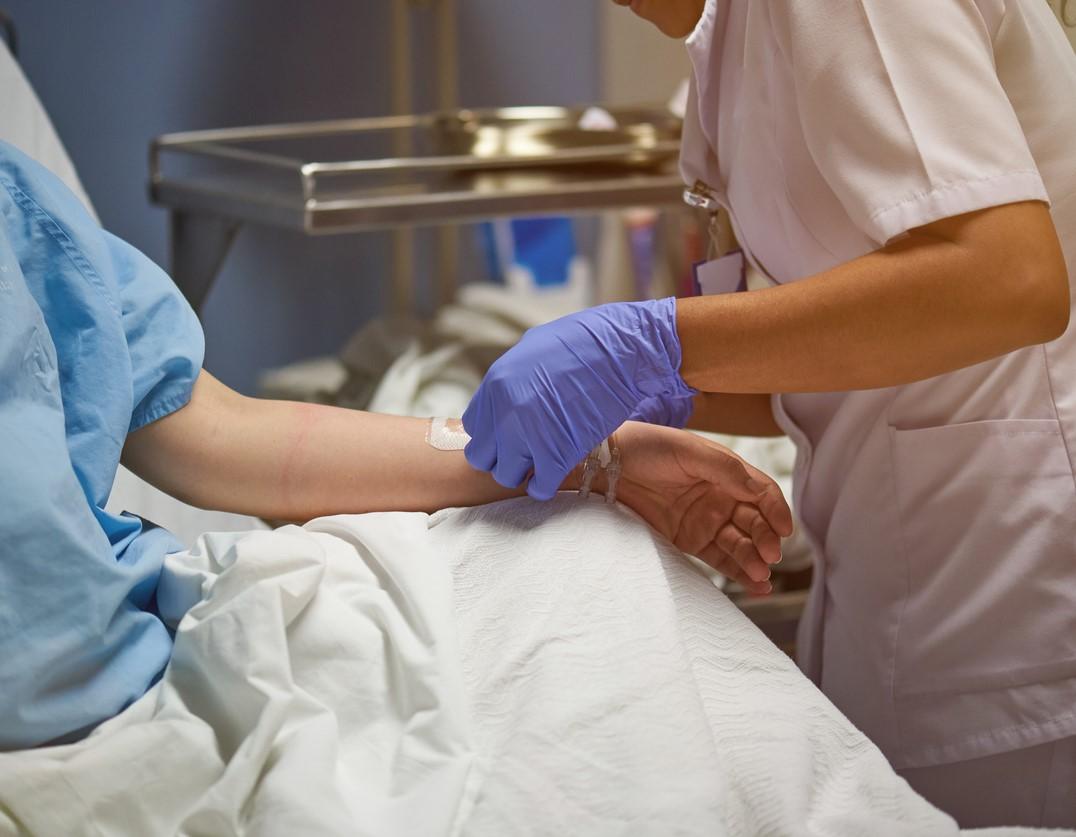- An observational study following the rollout of the Novavax’s protein-based adjuvanted COVID vaccine in Italy found that protection against symptomatic disease was 50% in fully vaccinated people, with an estimated effectiveness of 31% in all notified cases, researchers reported yesterday in JAMA Network Open. Over a 4-month period, effectiveness waned against infection but was stable against symptomatic disease. The study took place in Italy in more than 20,000 adults between February 28, 2022, and September 2022, a time when the Omicron variant was dominant.
- About 4 million Americans received updated COVID vaccines in September, Reuters reported today, based on information from the US Department of Health and Human Services. The uptake came amid reports of limited vaccine supplies at pharmacies and glitches with insurance coverage. A recent survey from the Kaiser Family Foundation found that nearly half of US adults will definitely or probably get the updated vaccine, higher than previous booster campaigns but lower than that of the primary series rollout.
- Two states—Idaho and South Dakota—have detected highly pathogenic avian flu in poultry flocks over the past few days, according to notifications from the US Department of Agriculture (USDA) Animal and Plant Health Inspection Service (APHIS). Idaho’s virus findings were confirmed on October 3 and involved a location housing 70 noncommercial birds in Canyon County, and South Dakota’s findings were confirmed on October 4 involving a commercial turkey farm that has 47,300 birds in Jerauld County. Nationally, sporadic outbreaks were reported over the summer, though detections continued in wild birds, especially in the west.
Quick takes: Novavax COVID vaccine protection, COVID booster uptake, avian flu in 2 states
Enhanced IPC measures at cancer center linked to reduced infections during COVID

Robust infection prevention and control (IPC) measures at a comprehensive cancer center during the COVID-19 pandemic were associated with significant decreases in healthcare-associated infections (HAIs), researchers reported today in the American Journal of Infection Control.
To evaluate the impact of IPC practices at the University of Texas MD Anderson Cancer Center during the pandemic, researchers analyzed the monthly incidence rate (IR) of HAIs from September 2016 through March 2022, a period that covered 42 months before and 25 months after the start of the pandemic. Over that period, the hospital cared for more than 1,800 COVID-19 patients.
Stricter IPC measures implemented during the pandemic included increased use of personal protective equipment, enhanced contact precautions, and emphasis on hand hygiene. Among the HAIs analyzed were laboratory-identified Clostridioides difficile infection (Li-CDI), infections caused by multidrug-resistant organisms (MDROs), nosocomial (hospital-acquired) respiratory viral infections (RVIs), and device-related infections.
Overall, the researchers observed a significant decrease in the IR of Li-CDI, central line-associated bloodstream infections, and all nosocomial RVIs combined during the pandemic. Declines were also observed in the IR of infections caused by individual viruses, including flu and respiratory syncytial virus. The IR of catheter-associated urinary tract infections, ventilator-associated events, and MDROs did not significantly change between the two periods.
Higher MDRO incidence in COVID wards
The decrease in HAIs at MD Anderson runs counter to the experience in many US healthcare settings, which saw HAIs rise during the pandemic.
However, the study did find that the IR of MDROs in the COVID-19 wards was five times higher than in other inpatient wards. The study authors say that finding matched data from other hospitals in the United States and around the world showing increases in MDRO HAIs during the pandemic, particularly among patients admitted with COVID-19.
The authors also note that the impact of specific IPC measures (such as universal masking, face shields, and hand hygiene) remains unclear.
"Therefore, whether these enhanced measures, such as masking at all times as part of patient care, are recommended during the upcoming respiratory viral seasons still needs to be determined in future studies," they concluded.











